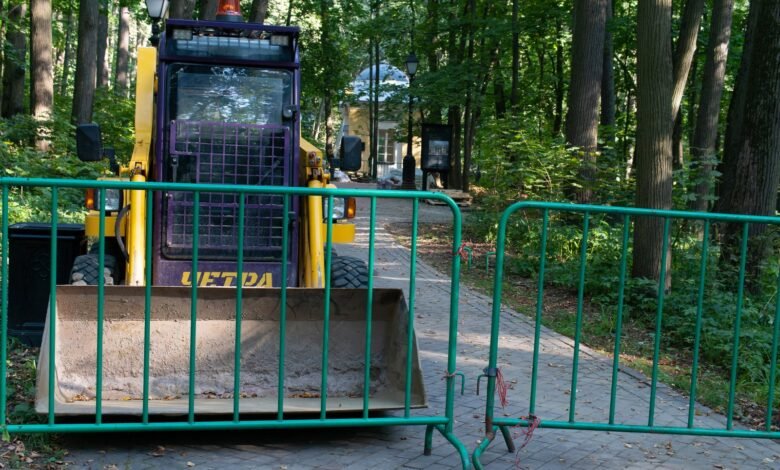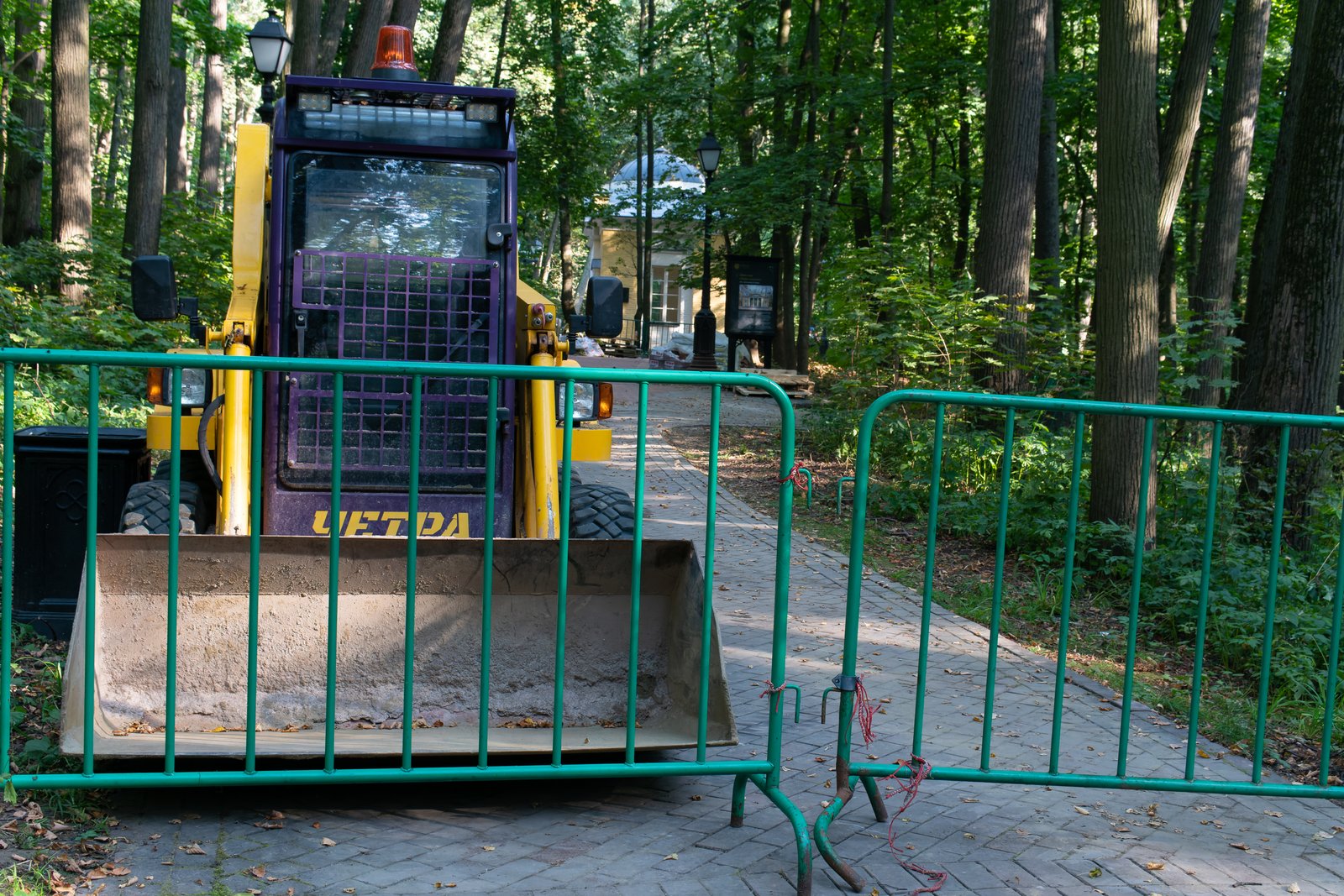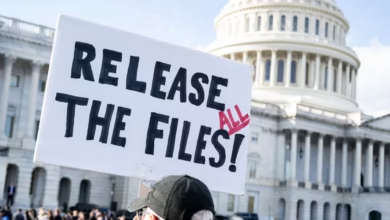
For decades, the story of New Jersey has been a tale of two states, written in zoning codes and property lines. It’s a story of manicured suburban lawns separated by an invisible, yet brutally effective, wall from the vibrant, striving, and systemically under-resourced communities where so many Black families have been concentrated.
This wall wasn’t built by accident. It was engineered, brick by legal brick, through exclusionary zoning—the seemingly innocuous local ordinances that dictate what can be built where, effectively outlawing the apartments, duplexes, and affordable homes that would allow working-class and Black families a foothold in high-opportunity towns.
But in 2024, the ground in the Garden State began to shake. A tremor of legislative change, years in the making, promises to take a bulldozer to that wall. The question on the front porches and in the boardrooms, from Newark to Moorestown, is whether this time, the change is real.
A Century of Zoning as a Weapon
The story of housing in New Jersey is inseparable from the story of race. In the mid-20th century, federal redlining maps shaded Black neighborhoods in Newark, Paterson, and Jersey City in red, branding them “hazardous” for investment. Banks refused mortgages. Suburbs erected walls of zoning, mandating one-acre lots or banning apartments altogether.
The result is clear today: in Essex County, Black and Latinx households are half as likely to own homes as white families. In Bergen County, home to some of the wealthiest suburbs in America, Black families are still locked out by zoning that inflates housing costs. This architecture of exclusion has fueled New Jersey’s status as one of the states with the largest racial wealth gap in the country.
What Changed in 2024: The Affordable Housing Overhaul
Earlier this year, lawmakers sent a landmark affordable housing overhaul to Governor Phil Murphy’s desk. For the first time, the state codified its fair housing rules into law, with the explicit goal of “helping tear down the walls that have denied too many access to opportunity.”
In plain terms, this means:
-
No more endless court fights over each town’s affordable housing obligations.
-
A clear statewide mandate for inclusion.
-
Stronger enforcement to make sure towns follow through.
For Black families, this represents a potential watershed moment: moving from one battle at a time, town by town, to a systemic guarantee that affordable homes must be built.
What’s Next in 2025: The Carrot of A4913
If the 2024 law was the stick, Assembly Bill 4913 (A4913) is the carrot. Instead of punishing towns, it rewards municipalities that modernize their zoning.
That means:
-
Legalizing Accessory Dwelling Units (ADUs) — basement apartments, garage conversions, and “granny flats” that can house family or create rental income.
-
Allowing duplexes and multi-family homes near transit hubs.
-
Incentivizing mixed-income development in walkable, resource-rich areas.
As Assemblywoman Shanique Speight said: “Everyone deserves an opportunity to settle down.”
In practical terms, this could mean more affordable apartments in high-performing school districts, or the chance for Black families to buy a starter home in a suburb that was once out of reach.
On the Horizon: ACR46
Hovering over these reforms is ACR46, a proposed constitutional amendment that would ban exclusionary zoning outright.
This would be seismic. It would take away the home-rule power that has allowed wealthy suburbs to shield themselves for nearly a century. If passed, it could finally end the practice of towns using zoning to keep out affordable housing — and the families who need it.
The Black Lens: What This Means for Families and Professionals
For Black families, these reforms hold the promise of real choice. A good job and strong credit score should be enough to move into a town with great schools and parks. Until now, the barrier was the price of entry — inflated by zoning that only allowed sprawling single-family homes.
For Black professionals — real estate agents, brokers, contractors, developers — the stakes are just as high. More inclusive zoning means more projects, more listings, and more contracts. Combined with reforms in public contracting aimed at increasing opportunities for minority-owned businesses, this could open doors not just for Black families to live in new communities, but for Black professionals to build those communities.
But Skepticism Runs Deep
History has taught Black New Jerseyans to be cautious. The ghosts of past failures are everywhere:
-
“Affordable” units priced too high for the lowest-income families.
-
Towns dragging their feet with bureaucratic delays.
-
Developers meeting obligations on paper while sidestepping genuine inclusion.
And there are new risks. Integration in suburbs cannot come at the cost of displacement in urban centers like Newark, East Orange, and Jersey City, which have long been cultural anchors for Black communities. Gentrification must not be the hidden price of progress.
Community Explainer: What You Need to Know
Q: What is exclusionary zoning?
A: Local rules that ban apartments, duplexes, or smaller lots, effectively making housing too expensive for many families.
Q: What changed in 2024?
A: A new law says towns must follow clear affordable housing rules — no more hiding behind loopholes.
Q: What’s coming in 2025?
A: A4913 will reward towns that open their zoning to ADUs, duplexes, and multi-family near transit.
Q: What’s ACR46?
A: A proposed constitutional amendment that would ban exclusionary zoning completely.
Q: Why does this matter for Black families?
A: It could mean access to better schools, safer neighborhoods, and generational wealth-building through homeownership.
How to Get Involved
-
Show up at zoning and planning board meetings. These local bodies decide what gets built in your town.
-
Support advocacy groups like the Urban League of Essex County, Fair Share Housing Center, and NAACP housing committees.
-
If you’re a professional, get certified as a minority-owned business to access new contracts.
-
Stay informed. Ask: when your town says “affordable,” affordable for who?
The Road Ahead
What we are witnessing is a fundamental challenge to New Jersey’s status quo. These bills are more than just housing policy; they are an economic and civil rights imperative. They acknowledge what generations of Black families have always known: a child’s potential should not be dictated by the zoning board of the town they happen to be born in.
The walls of exclusion were built over a century. They will not crumble overnight. But for the first time in a long time, the state has handed its people a bulldozer.
Now, the hard work of tearing them down, brick by brick, begins.






